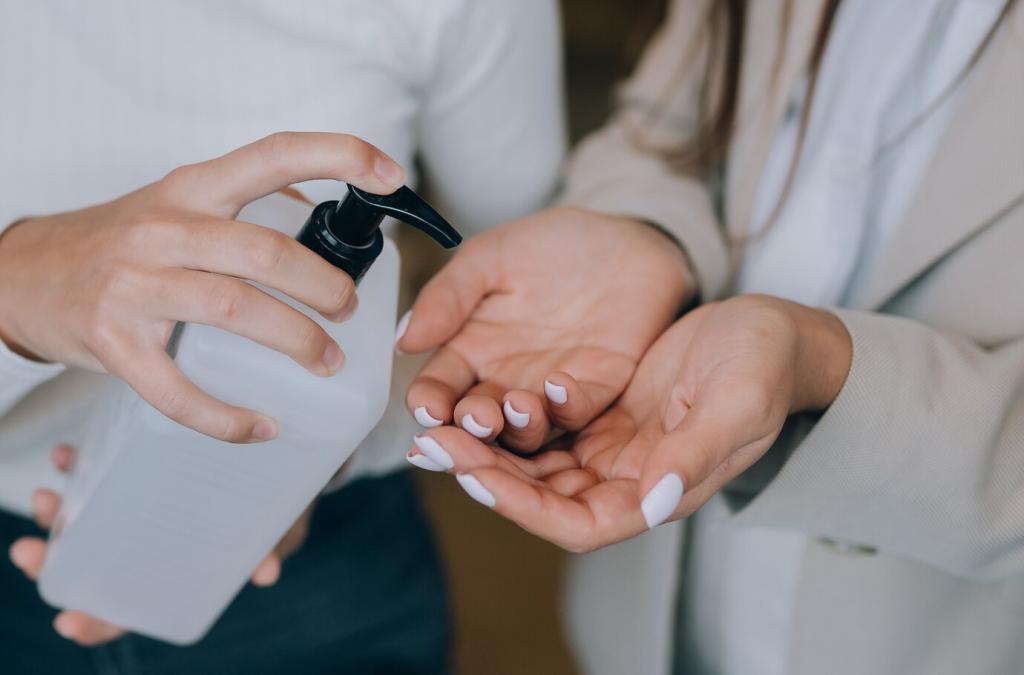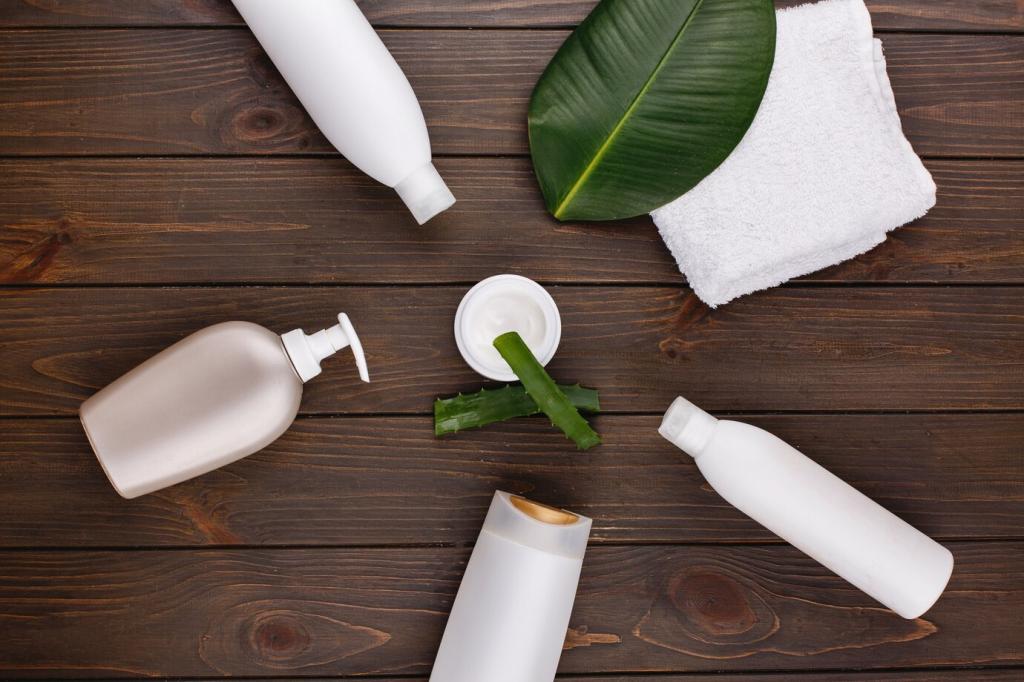Stories from a Low-Waste Wardrobe
After years of heavy fragrance, a thrifted blazer came home smelling dated. With charcoal sachets and enzyme mist, the odor faded over weeks. Share your rescue stories to celebrate patience, persistence, and gentle methods.
Stories from a Low-Waste Wardrobe
My grandmother taught me to chase the early breeze. We’d hang linen sheets at sunrise, then spritz hydrosol and laugh. Those simple rituals still guide my freshening habits and brighten my mornings with intention.





